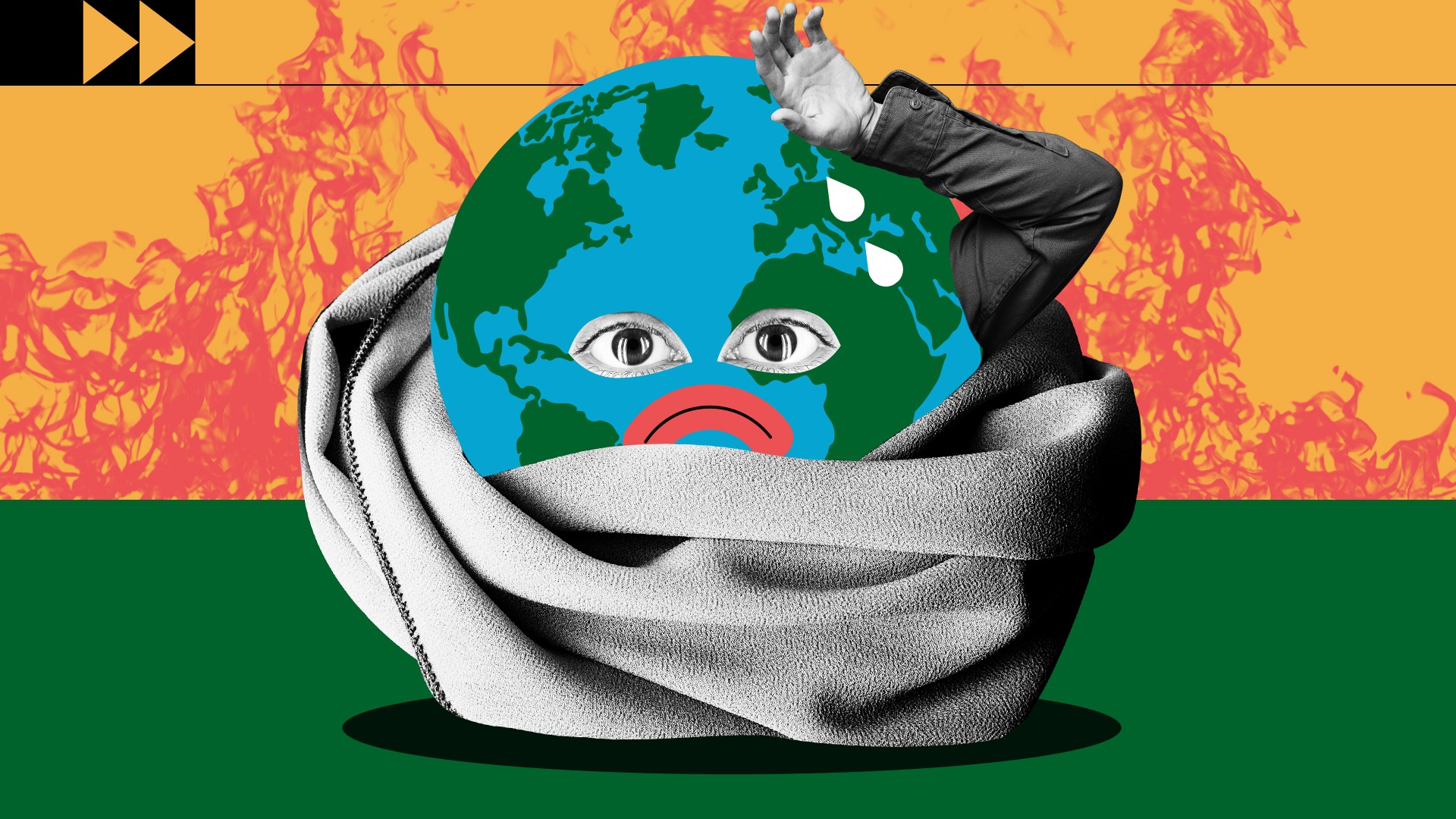COURTESY : ec.europa.eu
CLIMATE CHANGE
Humans are increasingly influencing the climate and the earth’s temperature by burning fossil fuels, cutting down forests and farming livestock.
This adds enormous amounts of greenhouse gases to those naturally occurring in the atmosphere, increasing the greenhouse effect and global warming.
Greenhouse gases
The main driver of climate change is the greenhouse effect. Some gases in the Earth’s atmosphere act a bit like the glass in a greenhouse, trapping the sun’s heat and stopping it from leaking back into space and causing global warming.
Many of these greenhouse gases occur naturally, but human activity is increasing the concentrations of some of them in the atmosphere, in particular:
- carbon dioxide (CO2)
- methane
- nitrous oxide
- fluorinated gases
CO2 produced by human activities is the largest contributor to global warming. By 2020, its concentration in the atmosphere had risen to 48% above its pre-industrial level (before 1750).
Other greenhouse gases are emitted by human activity in smaller quantities. Methane is a more powerful greenhouse gas than CO2, but has a shorter atmospheric lifetime. Nitrous oxide, like CO2, is a long-lived greenhouse gas that accumulates in the atmosphere over decades to centuries.
Natural causes, such as changes in solar radiation or volcanic activity are estimated to have contributed less than plus or minus 0.1°C to total warming between 1890 and 2010.
Causes for rising emissions
- Burning coal, oil and gas produces carbon dioxide and nitrous oxide.
- Cutting down forests (deforestation). Trees help to regulate the climate by absorbing CO2 from the atmosphere. When they are cut down, that beneficial effect is lost and the carbon stored in the trees is released into the atmosphere, adding to the greenhouse effect.
- Increasing livestock farming. Cows and sheep produce large amounts of methane when they digest their food.
- Fertilisers containing nitrogen produce nitrous oxide emissions.
- Fluorinated gases are emitted from equipment and products that use these gases. Such emissions have a very strong warming effect, up to 23 000 times greater than CO2.
Global warming
2011-2020 was the warmest decade recorded, with global average temperature reaching 1.1°C above pre-industrial levels in 2019. Human-induced global warming is presently increasing at a rate of 0.2°C per decade.
An increase of 2°C compared to the temperature in pre-industrial times is associated with serious negative impacts on to the natural environment and human health and wellbeing, including a much higher risk that dangerous and possibly catastrophic changes in the global environment will occur.
For this reason, the international community has recognised the need to keep warming well below 2°C and pursue efforts to limit it to 1.5°C.



